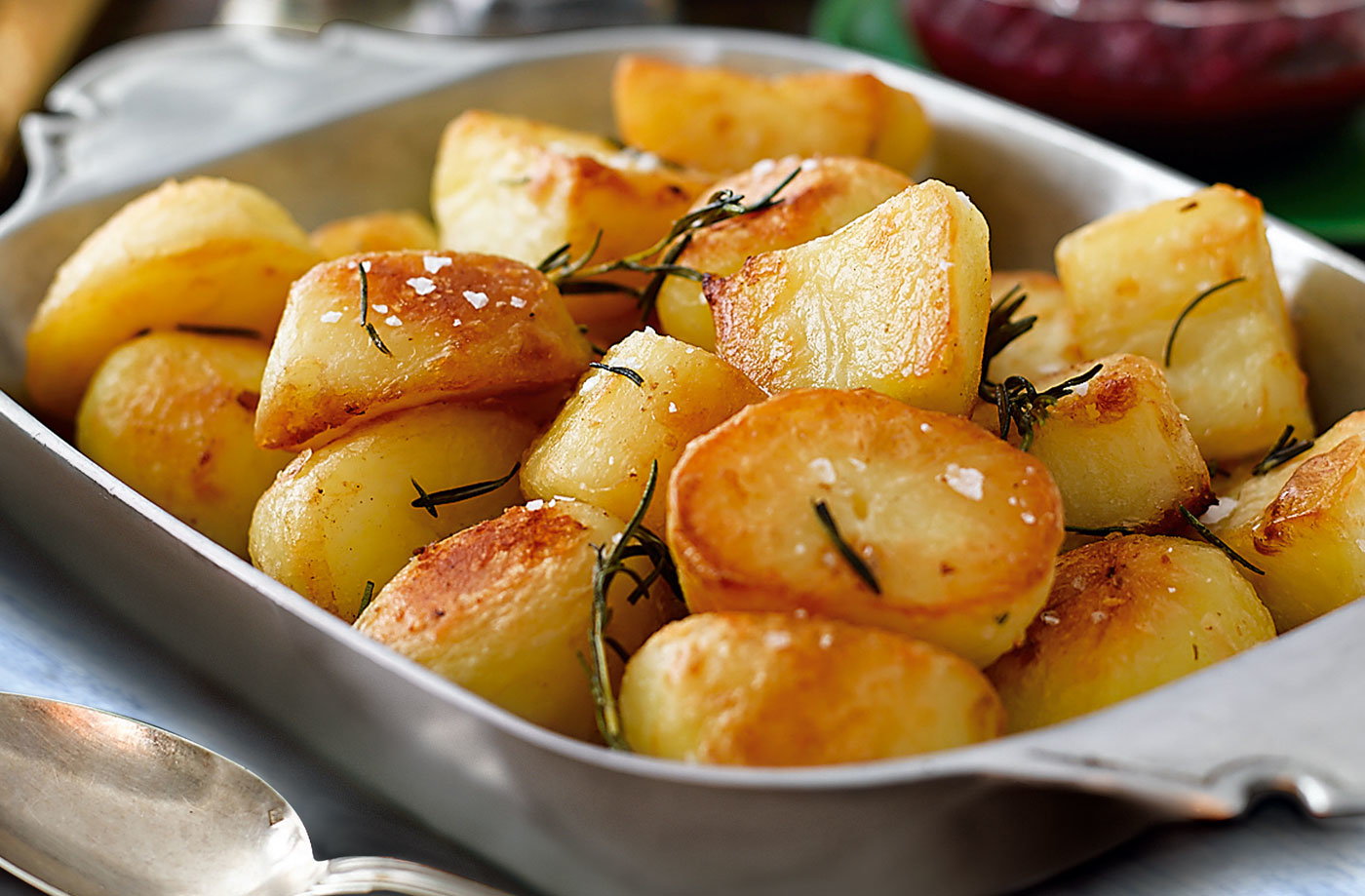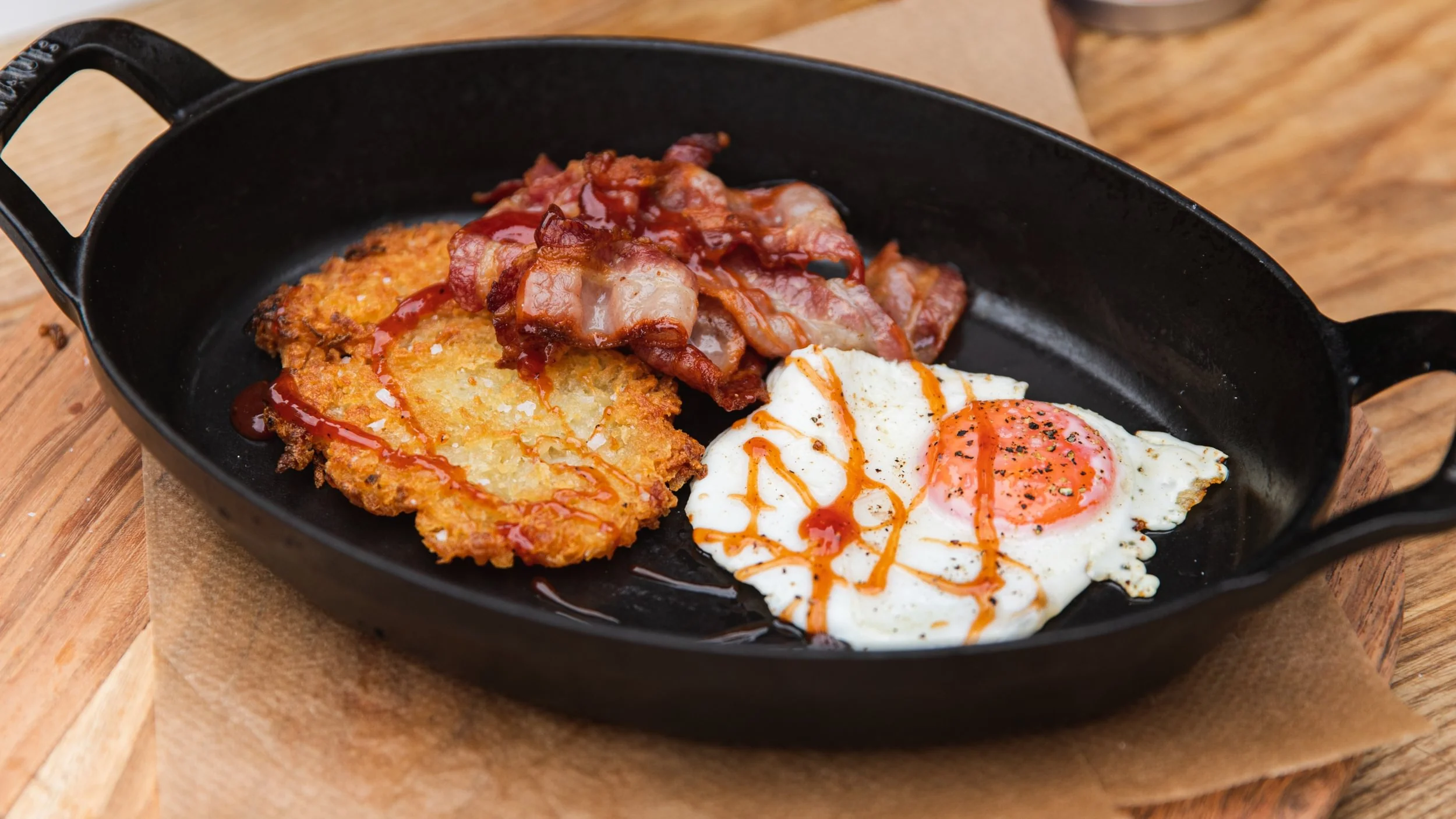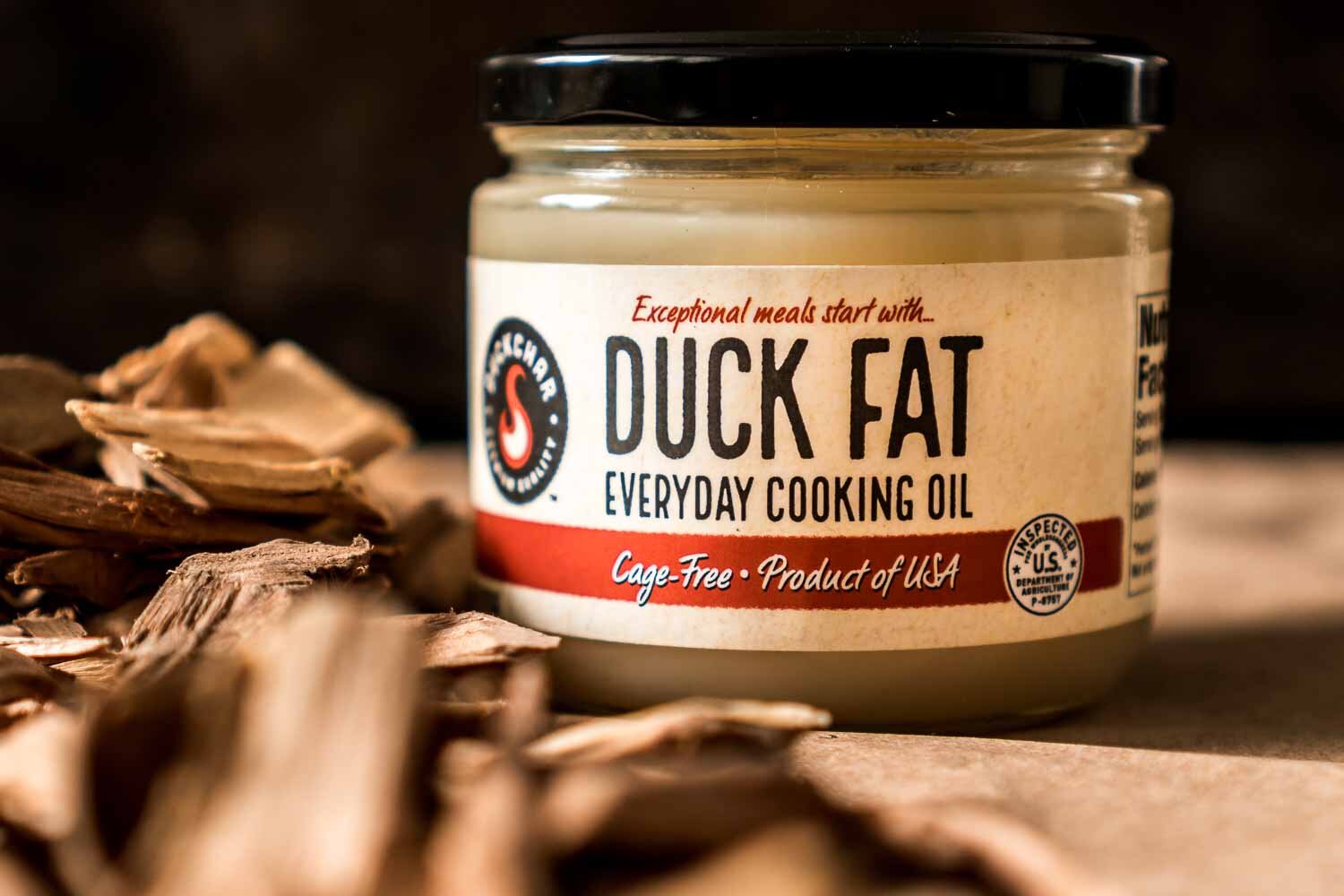Duck fat has long been revered in the culinary world for its rich flavor, versatility, and nutritional benefits. Known for its ability to elevate dishes with its unique taste and texture, duck fat is a staple in many professional kitchens and increasingly popular among home cooks. This article explores the history, uses, health benefits, and the growing popularity of duck fat in contemporary cuisine.
Historical Background Duck Fat

The use of duck fat dates back centuries, with its roots deeply embedded in European culinary traditions. In regions such as Gascony in southwestern France, duck fat has been a key ingredient in traditional cooking for generations. The method of preserving meat by cooking it slowly in its own fat, known as confit, was developed out of necessity before refrigeration. This technique not only preserved the meat but also enhanced its flavor, and duck fat played a central role in this process.
Duck fat’s prominence isn’t limited to France; it has been used in various cultures around the world. In Chinese cuisine, for example, duck is a byproduct of the preparation of Peking duck and is used to enhance the flavor of many dishes. Its use in Jewish cuisine, particularly in Eastern Europe, is also noteworthy, where it was often used as a substitute for lard.
Culinary Uses
Duck fat’s versatility makes it a prized ingredient in both traditional and modern kitchens. Its high smoke point and unique flavor profile make it suitable for a wide range of cooking techniques, from roasting and frying to baking and sautéing.
Roasting
One of the most popular uses of duck fat is for roasting vegetables and meats. Potatoes roasted in duck fat, known as pommes de terre sarladaises, are a classic French dish. The fat gives the potatoes a crispy exterior and a rich, savory flavor that is hard to achieve with other fats. Similarly, meats roasted in duck fat develop a golden, crispy skin while remaining juicy and tender on the inside.
Frying
Duck fat is an excellent medium for frying due to its high smoke point and stability at high temperatures. French fries cooked in duck are a delicacy, often praised for their crispy texture and deep flavor. Fried chicken, doughnuts, and even tempura can benefit from the unique qualities of duck fat.
Sautéing
When sautéing vegetables or meats, duck fat adds a depth of flavor that elevates simple ingredients. Its smooth, buttery texture makes it easy to work with, ensuring even cooking and a rich, savory finish.
Baking
In baking, duck fat can be used as a substitute for butter or lard, imparting a subtle, savory note to pastries and breads. Pie crusts made with duck fat are known for their flakiness and rich taste, while biscuits and scones benefit from its unique flavor profile.
Confit
One of the most traditional uses of duck fat is in making confit. This method involves slow-cooking duck legs in their own fat until they are tender and flavorful. The confit can then be stored in the fat, preserving it for several months. This technique not only enhances the taste of the meat but also provides a convenient way to store and enjoy duck over time.
Health Benefits

While duck fat is often associated with indulgence, it also offers several health benefits when consumed in moderation. Unlike many other animal fats, duck is relatively high in monounsaturated fats, which are known for their positive effects on heart health. These are the same types of fats found in olive oil and avocado.
Nutritional Profile
Duck fat contains approximately 50% monounsaturated fat, 30% saturated fat, and 20% polyunsaturated fat. This composition is more favorable compared to other animal fats such as beef tallow and pork lard, which have higher saturated fat content. Monounsaturated fats have been shown to lower LDL (bad) cholesterol levels while maintaining or even increasing HDL (good) cholesterol levels.
Rich in Oleic Acid
A significant component of duck fat is oleic acid, a monounsaturated fatty acid that has been linked to various health benefits, including reduced inflammation and improved heart health. Oleic acid is also found in high concentrations in olive oil, which is a cornerstone of the Mediterranean diet.
Vitamins and Minerals
Duck fat is a good source of fat-soluble vitamins such as vitamin E, which acts as an antioxidant, and vitamin K2, which plays a role in bone health and cardiovascular function. It also contains trace amounts of selenium, a mineral important for immune function and thyroid health.
Growing Popularity
In recent years, duck fat has seen a resurgence in popularity among chefs and home cooks alike. This can be attributed to several factors, including a growing interest in traditional and artisanal cooking methods, the influence of French cuisine, and a broader awareness of the health benefits of certain animal fats.
Artisanal and Farm-to-Table Movements
The artisanal and farm-to-table movements have encouraged a return to traditional cooking methods and the use of high-quality, natural ingredients. Duck, with its rich history and superior culinary qualities, fits perfectly into this trend. Small-scale farmers and specialty food producers have responded to this demand, making duck fat more accessible to consumers.
Influence of French Cuisine

The global influence of French cuisine cannot be overstated. As more people explore French gengtoto cooking techniques and recipes, the use of duck fat has naturally increased. Classic dishes such as duck confit, cassoulet, and pommes de terre sarladaises have found their way into the repertoires of both professional chefs and home cooks.
Health Consciousness
With a growing emphasis on healthy eating and cooking, many people are re-evaluating the types of fats they use in their diets. Duck, with its favorable fatty acid profile and nutritional benefits, is being recognized as a healthier alternative to more processed vegetable oils and fats.
Tips for Cooking with Duck Fat
For those looking to incorporate duck fat into their cooking, here are some tips to get started:
- Storage: Duck fat can be stored in the refrigerator for several months or in the freezer for up to a year. Ensure it is kept in an airtight container to maintain its quality.
- Substitution: Use duck as a substitute for butter, oil, or lard in recipes. Its high smoke point makes it ideal for high-heat cooking methods such as roasting and frying.
- Flavor Pairing: Duck pairs well with a variety of flavors, including garlic, rosemary, thyme, and citrus. Use it to enhance the taste of vegetables, meats, and even baked goods.
- Rendering: If you have access to whole ducks or duck breasts with skin, you can render your own duck. Simply cook the skin slowly over low heat until the fat is released, strain it, and store it for future use.
Conclusion
Duck fat is a culinary gem that brings a unique flavor and richness to a wide range of dishes. Its historical roots, versatility in the kitchen, and nutritional benefits make it a valuable ingredient for both professional chefs and home cooks. As the interest in traditional cooking methods and high-quality ingredients continues to grow, duck is likely to remain a cherished staple in kitchens around the world. Whether you are roasting potatoes, frying chicken, or making a classic duck confit, duck fat offers a delicious and healthy way to elevate your cooking.
Read More Article About “Torao Tokuda: Visionary in Modern Engineering and Innovation“
